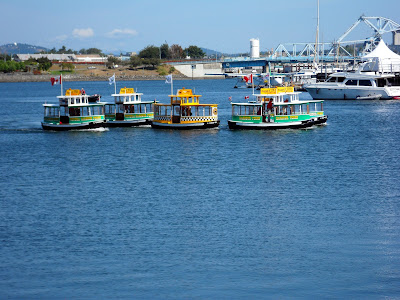An inuksuk (plural inuksuit ) [ 1 ] (from the Inuktitut : ᐃᓄᒃᓱᒃ, plural ᐃᓄᒃᓱᐃᑦ; alternatively inukshuk in English [ 2 ] or inukhuk in Inuinnaqtun [ 3 ] ) is a stone landmark or cairn built by humans, used by the Inuit , Inupiat , Kalaallit , Yupik , and other peoples of the Arctic region of North America . These structures are found from Alaska to Greenland . This region, above the Arctic Circle , is dominated by the tundra biome and has areas with few natural landmarks. The inuksuk may have been used for navigation, as a point of reference, a marker for travel routes, fishing places, camps, hunting grounds, places of veneration, drift fences used in hunting [ 4 ] or as a food cache. [ 5 ] The Inupiat in northern Alaska used inuksuit to assist in the herding of caribou into contained areas for slaughter. [ 6 ] Varying in shape and size, the inuksuit have longtime roots in the Inuit culture. Historically, the most common type of inuksuk is a single stone positioned in



